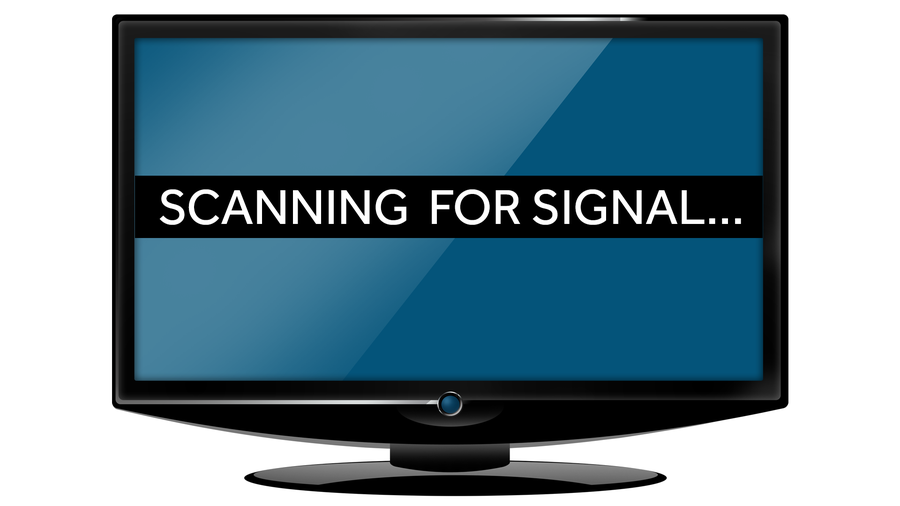Tips for getting the best signal
Get More with MeTV and My Des Moines
Get More with MeTV and My Des Moines
Having trouble getting MeTV and My Des Moines? We've got the hookup on how to get the best reception. Choosing the right kind of antenna is important and it depends on how close you are to the Des Moines TV towers, which are all near Alleman, IA.
Not sure how far away that is? You can enter your address at antennaweb.org and it will give you tips on what type of antenna might work and where to aim it.
Indoor Antennas may work fine for you, particularly if you live within 20 miles of the towers. Placement matters in your house. Sometimes one antenna will work fine in an upstairs bedroom but be less reliable downstairs. Steel and concrete construction, such as some apartment buildings, can also interfere with an antenna. Orientation of an indoor antenna tends to involve some trial-and-error. One position may not work equally well for all channels. Sometimes it helps to move the antenna away from the TV set and closer to a window.
If you're thinking of indoor antennas as a pair of "rabbit ears" sticking out from the top or behind your TV, you might be pleasantly surprised to discover there are a range of antennas available to you. Newer flat style antennas can offer excellent reception and some are even designed to be tucked behind your television set so you never have to see them.
If one antenna doesn't work well, try a different style (hang on to that receipt!). Here's a rundown on several of the popular styles:
https://www.cnet.com/news/the-cord-cutters-guide-to-the-best-indoor-antennas/
Outdoor antennas (especially ones that focus in a single direction) will almost always perform better. A traditional “yagi” type with the horizontal rods is what most people think of as an outdoor antenna, available at most hardware stores and from most retailers of television sets.
Outdoor antennas aren't always found outdoors anymore. Many people place their "outdoor" antennas in their attics allowing them to get a higher reception while protecting them from the elements. If you have a steel roof, you will have to place the antenna outside. As you move further toward the outer limit of 80 miles or so from the towers, the antenna needs to get bigger and higher, perhaps using an antenna tower that extends beyond the rooftop.
Some tips from our engineers: Whatever type of antenna you choose, be sure that it’s rated for both the VHF and UHF bands, so that it will pick up the lower single-digit channels (like 8), as well as the higher channel numbers. Be sparing with “powered” antennas and antenna amplifiers; it’s easy to overdo it with them, especially if you don’t live far from the towers. They recommend using “RG-6” coaxial antenna wire. It’s usually OK to use a “splitter” to feed multiple TVs with the same antenna, but try to keep the number of splits to a minimum.


